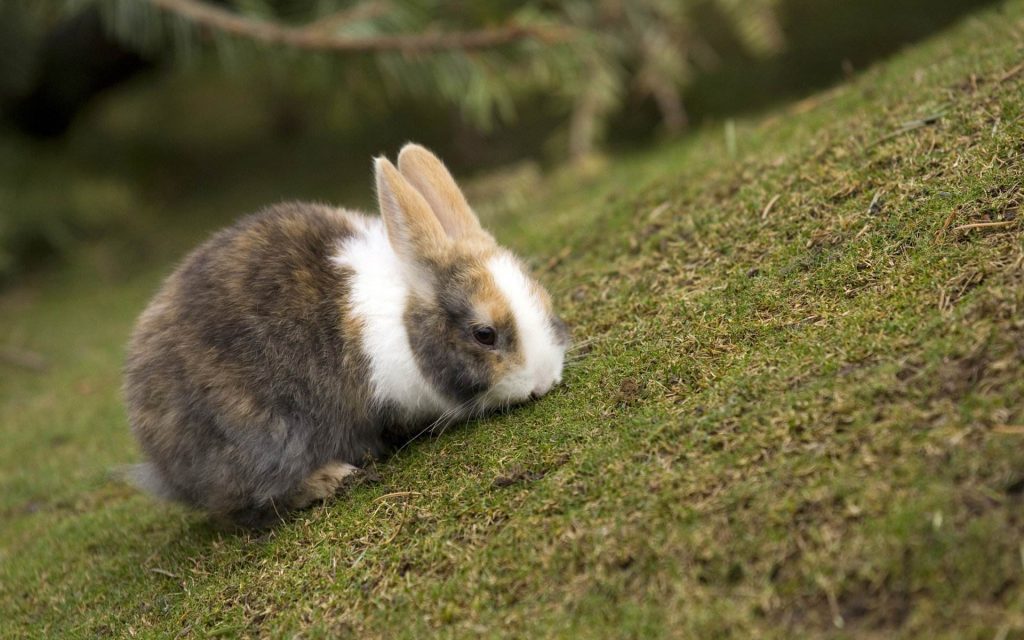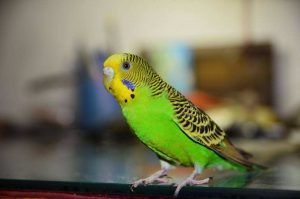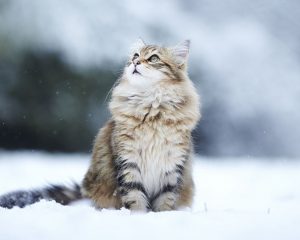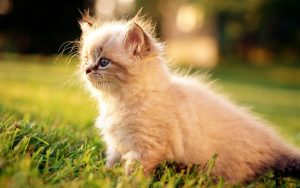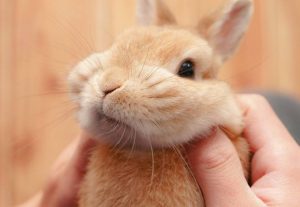Colibacillosis has a high fatality rate in newborn and young rabbits. The main feature of the disease is diarrhea or jelly-like feces, and some rabbits can also show severe symptoms of dehydration. Mass deaths are likely to occur if not dealt with in a timely manner.
Relatively speaking, young rabbits and young rabbits have a higher mortality rate, but even young rabbits can still get sick and die. Many rabbits do not have any clinical symptoms in the early stage of the disease, and often die suddenly. Watery diarrhea, later diarrhea, watery feces, dirty feces, gray-brown or black, fishy smell, coat of anus, hind limbs, abdomen and feet stained with mucus and watery feces, anus blocked in severe cases, sick rabbits Cold limbs, grinding teeth, salivation, sunken eye sockets, rapid weight loss and death.
Necropsy of dead rabbits revealed subcutaneous dryness, enlarged stomach, filled with a lot of fluid and gas, and gastric mucosal congestion and hemorrhage. The duodenum, ileum, and cecum mucosa have varying degrees of congestion and hemorrhage, and are filled with translucent jelly-like liquid and bubbles, some are reddish-brown atheroma, and some are gray-brown mucus. The colon is distended with clear glue-like mucus. Intestinal mucosa and serosa hyperemia, hemorrhage, edema. Gallbladder dilatation, mucosal edema.
Using the conventional disc method, the bacteria were highly sensitive to florfenicol, ofloxacin, and ciprofloxacin, moderately sensitive to gentamicin and streptomycin, and insensitive to penicillin and dysentery.
Treatment of Rabbit Colibacillosis by Combination of Chinese and Western Medicine
Pay attention to feed hygiene
Disease treatment:
- Sick rabbits use 0.2-0.5ml of Parame (the main ingredient is florfenicol, etc.), twice a day, intramuscularly, for 3-5 days.
- Guanjingshu (the main ingredient is ofloxacin, etc.) is used in the feed of the sick rabbit group and the healthy group at the same time, and fed according to the instructions for 5 days.
- Apply some astringent and antidiarrheal Chinese herbal medicines, prescription: turmeric 46g, double flower 45g, forsythia 45g, rhubarb 50g, gardenia 20g, myrobalan 35g, coptis 20g, white peony 20g, skullcap 20g, phellodendron 20g, water Decoction (the above formula is for about 500 rabbits to take a day) for 3 days.
After taking the above treatment measures, basically the death situation can be well controlled in about 2-3 days, and it can return to normal in about a week.
Escherichia coli is widely distributed in nature and often exists in the intestinal tract of animals. When the feeding and management is poor, the climatic environment mutation or other diseases and other synergistic effects will lead to the disorder of intestinal flora, and the disease resistance of young rabbits and young rabbits is low, which is easy to cause disease. The virulence of Escherichia coli discharged from sick rabbits increases, pollutes feed, drinking water and the environment, and infects other healthy rabbits through the digestive tract, causing epidemics, resulting in a large number of deaths. Therefore, to control the occurrence of the disease must be based on prevention, usually strengthen the feeding management, pay attention to ventilation, the usual hygiene environment is a very important part. Doing a good job of regular disinfection, giving stable and full-price balanced feed, and isolating at any time will help to control and eliminate this disease. In addition, Escherichia coli is easy to develop resistance to antibacterial drugs. In order to accurately administer the drug, drug susceptibility tests must be carried out in time, and the treatment effect will be much better when treated with traditional Chinese medicine.
